How To Make Your Pool More Energy Efficient With Modern Technology
Owning a pool is a luxury that many enjoy, especially during the hot summer months. But with great luxury comes great responsibility—particularly when it comes to energy consumption. For pool owners, the idea of making their pools more energy-efficient may seem daunting at first. However, modern technology offers innovative solutions that not only save energy but also reduce costs and contribute to a greener environment. In this blog post, we'll explore how you can transform your pool into an energy-efficient oasis using contemporary tech.
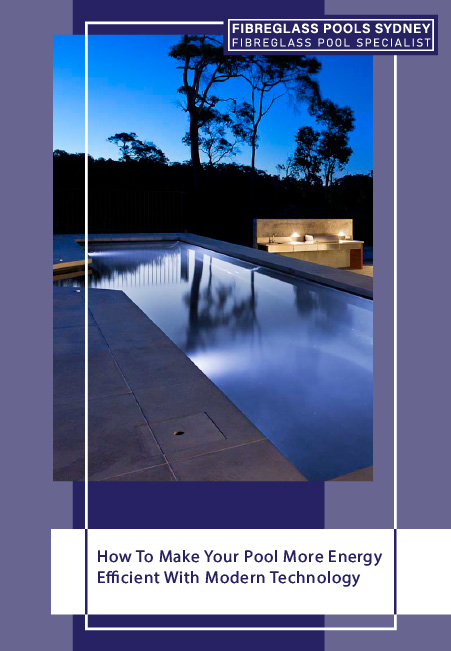
The Importance of Energy Efficiency in Pool Maintenance
Energy efficiency isn’t just a buzzword—it’s a critical aspect of sustainable living that has both environmental and financial benefits. For pool owners, maintaining an energy-efficient pool can drastically cut down on electricity bills while reducing your carbon footprint. Pools are notorious for their high energy consumption, from heating the water to running pumps and filtration systems. Implementing energy-saving measures can make a significant difference in overall energy use.
Before diving into the specifics, it’s essential to understand why energy efficiency matters. Not only does it help in conserving valuable resources, but it also ensures that your pool remains a pleasurable and cost-effective feature of your property. By investing in energy-efficient technologies, you’re not just saving money; you’re contributing to a more sustainable planet.
Understanding the Current Energy Consumption of Your Pool
Before making any changes, it’s crucial to get a clear picture of your pool’s current energy consumption. Start by examining your electricity bills to identify how much energy your pool equipment uses. Common energy consumers in a pool setting include the pump, heater, lighting, and filtration system.
Conducting an energy audit can provide valuable insights. You can either hire a professional or use DIY tools available online to measure the energy usage of individual components. Knowing where the most energy is being consumed allows you to pinpoint areas for improvement. This foundational step sets the stage for implementing effective energy-saving technologies.
Modern Technologies for Energy-Efficient Pool Maintenance
Solar Pool Covers and Heaters
Solar pool covers and heaters are among the most effective technologies for reducing energy consumption. Solar pool covers, also known as solar blankets, trap the sun’s heat and transfer it to the pool water. They also reduce water evaporation, which means you’ll spend less energy heating replacement water.
Solar heaters work by circulating pool water through solar collectors installed on your roof or another sunny area. This method is incredibly efficient, harnessing free solar energy and reducing your dependence on traditional heating methods. Switching to solar solutions can lead to substantial savings on your energy bills.
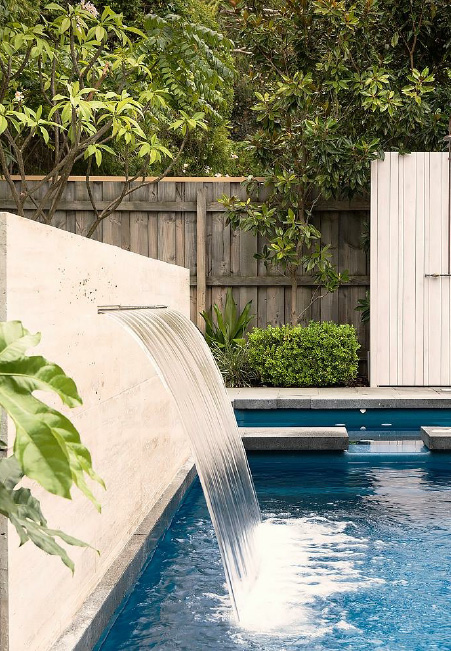
Variable-Speed Pumps
Traditional single-speed pumps consume a lot of energy and are often inefficient. On the other hand, variable-speed pumps adjust their speed to match the pool’s needs, consuming significantly less energy in the process. These pumps can run at lower speeds for most of the day, reducing electricity usage while still maintaining proper water circulation and filtration.
Variable-speed pumps are more expensive upfront, but the long-term savings on your energy bills can quickly offset this initial investment. Plus, many local governments offer rebates for installing energy-efficient pool equipment, making it an even smarter choice.
LED Pool Lighting
Lighting is another area where you can achieve substantial energy savings. Replacing traditional incandescent bulbs with LED lights can reduce energy consumption by up to 80%. LED lights are not only more efficient but also last much longer, reducing the frequency and cost of replacements.
LED pool lights come in various colours and can be used to create stunning visual effects, enhancing the aesthetic appeal of your pool area. They are also safer to use around water due to their low heat output and energy consumption.
Energy-Efficient Filtration Systems
Your pool’s filtration system plays a crucial role in maintaining water quality but can also be a significant energy hog. Upgrading to an energy-efficient filtration system can drastically reduce energy consumption. Look for systems that use advanced filter media and have high flow rates, allowing them to clean more water in less time.
Combining an energy-efficient filter with a variable-speed pump can optimise your pool’s energy use. By running the filtration system during off-peak hours, you can take advantage of lower electricity rates, further reducing your energy costs.
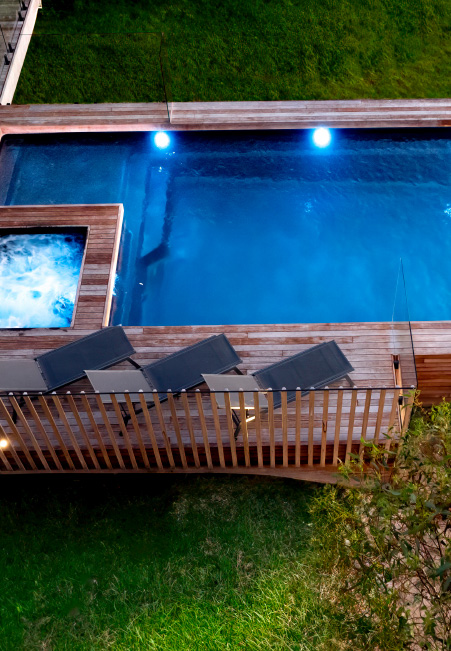
Step-by-Step Guide to Implementing Energy-Saving Technologies in Your Pool
Step 1: Conduct an Energy Audit
Start by evaluating your pool’s current energy consumption. Identify which components are the most energy-intensive and need upgrading.
Step 2: Prioritise Upgrades
Based on your energy audit, prioritise which energy-saving technologies to implement first. Solar covers and variable-speed pumps usually offer the most immediate benefits.
Step 3: Research and Purchase
Once you’ve decided on the upgrades, do thorough research to find the best products. Look for energy-efficient certifications and read customer reviews to ensure quality.
Step 4: Professional Installation
Some upgrades, like installing a variable-speed pump or a solar heater, may require professional installation. Hiring a certified technician ensures that the equipment is installed correctly and operates efficiently.
Step 5: Monitor and Adjust
After upgrading, monitor your pool’s energy consumption to gauge the effectiveness of the changes. Make any necessary adjustments to optimise performance.
Long-Term Benefits of Energy-Efficient Pool Maintenance
The benefits of an energy-efficient pool extend far beyond immediate cost savings. Reducing your energy consumption lowers your carbon footprint, contributing to a more sustainable environment. Many energy-efficient technologies have a longer lifespan and require less maintenance, leading to additional savings in the long run.
Energy-efficient pools also increase the value of your property. Prospective buyers are increasingly looking for homes with sustainable features, making energy-efficient pools a desirable asset. Additionally, the satisfaction of knowing you’re doing your part to protect the environment adds immeasurable value.
Conclusion
Incorporating modern energy-efficient technologies into your pool maintenance routine doesn’t just make financial sense—it’s an investment in a sustainable future. By taking a few strategic steps, you can significantly reduce your pool’s energy consumption while enjoying all the benefits of a well-maintained aquatic retreat.
How To Make Your Pool More Energy Efficient With Modern Technology
Owning a pool is a luxury that many enjoy, especially during the hot summer months. But with great luxury comes great responsibility—particularly when it comes to energy consumption. For pool owners, the idea of making their pools more energy-efficient may seem daunting at first. However, modern technology offers innovative solutions that not only save energy but also reduce costs and contribute to a greener environment. In this blog post, we'll explore how you can transform your pool into an energy-efficient oasis using contemporary tech.

The Importance of Energy Efficiency in Pool Maintenance
Energy efficiency isn’t just a buzzword—it’s a critical aspect of sustainable living that has both environmental and financial benefits. For pool owners, maintaining an energy-efficient pool can drastically cut down on electricity bills while reducing your carbon footprint. Pools are notorious for their high energy consumption, from heating the water to running pumps and filtration systems. Implementing energy-saving measures can make a significant difference in overall energy use.
Before diving into the specifics, it’s essential to understand why energy efficiency matters. Not only does it help in conserving valuable resources, but it also ensures that your pool remains a pleasurable and cost-effective feature of your property. By investing in energy-efficient technologies, you’re not just saving money; you’re contributing to a more sustainable planet.
Understanding the Current Energy Consumption of Your Pool
Before making any changes, it’s crucial to get a clear picture of your pool’s current energy consumption. Start by examining your electricity bills to identify how much energy your pool equipment uses. Common energy consumers in a pool setting include the pump, heater, lighting, and filtration system.
Conducting an energy audit can provide valuable insights. You can either hire a professional or use DIY tools available online to measure the energy usage of individual components. Knowing where the most energy is being consumed allows you to pinpoint areas for improvement. This foundational step sets the stage for implementing effective energy-saving technologies.
Modern Technologies for Energy-Efficient Pool Maintenance
Solar Pool Covers and Heaters
Solar pool covers and heaters are among the most effective technologies for reducing energy consumption. Solar pool covers, also known as solar blankets, trap the sun’s heat and transfer it to the pool water. They also reduce water evaporation, which means you’ll spend less energy heating replacement water.
Solar heaters work by circulating pool water through solar collectors installed on your roof or another sunny area. This method is incredibly efficient, harnessing free solar energy and reducing your dependence on traditional heating methods. Switching to solar solutions can lead to substantial savings on your energy bills.
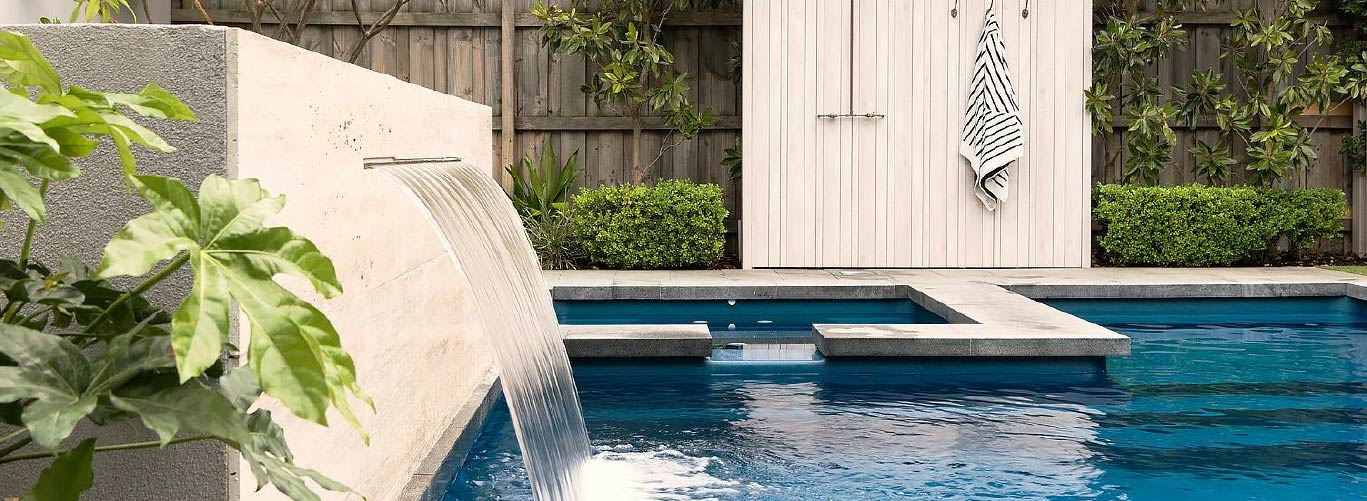
Variable-Speed Pumps
Traditional single-speed pumps consume a lot of energy and are often inefficient. On the other hand, variable-speed pumps adjust their speed to match the pool’s needs, consuming significantly less energy in the process. These pumps can run at lower speeds for most of the day, reducing electricity usage while still maintaining proper water circulation and filtration.
Variable-speed pumps are more expensive upfront, but the long-term savings on your energy bills can quickly offset this initial investment. Plus, many local governments offer rebates for installing energy-efficient pool equipment, making it an even smarter choice.
LED Pool Lighting
Lighting is another area where you can achieve substantial energy savings. Replacing traditional incandescent bulbs with LED lights can reduce energy consumption by up to 80%. LED lights are not only more efficient but also last much longer, reducing the frequency and cost of replacements.
LED pool lights come in various colours and can be used to create stunning visual effects, enhancing the aesthetic appeal of your pool area. They are also safer to use around water due to their low heat output and energy consumption.
Energy-Efficient Filtration Systems
Your pool’s filtration system plays a crucial role in maintaining water quality but can also be a significant energy hog. Upgrading to an energy-efficient filtration system can drastically reduce energy consumption. Look for systems that use advanced filter media and have high flow rates, allowing them to clean more water in less time.
Combining an energy-efficient filter with a variable-speed pump can optimise your pool’s energy use. By running the filtration system during off-peak hours, you can take advantage of lower electricity rates, further reducing your energy costs.
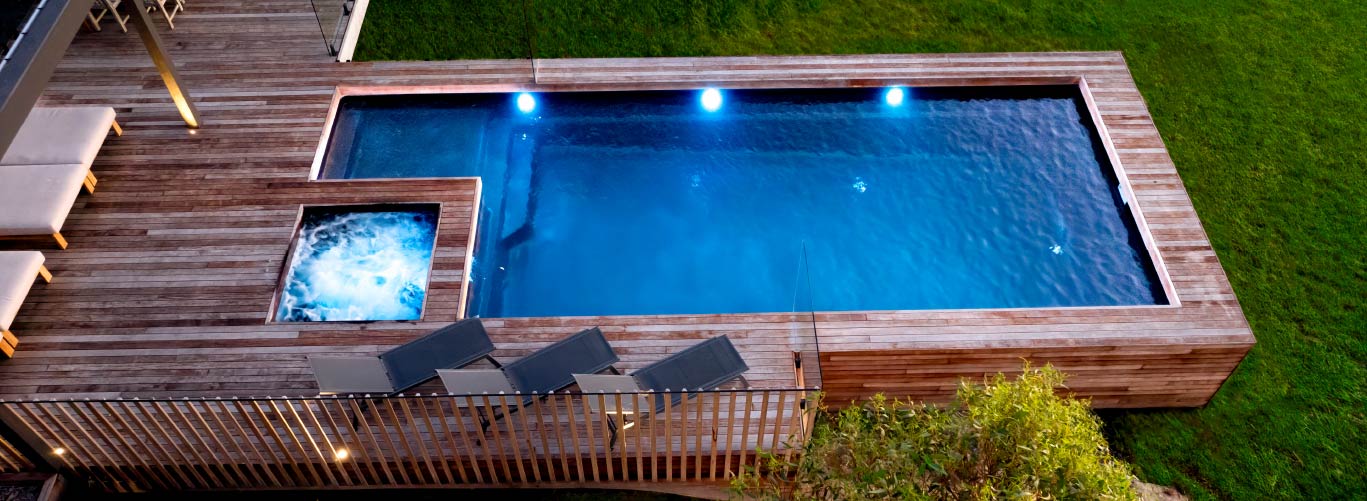
Step-by-Step Guide to Implementing Energy-Saving Technologies in Your Pool
Step 1: Conduct an Energy Audit
Start by evaluating your pool’s current energy consumption. Identify which components are the most energy-intensive and need upgrading.
Step 2: Prioritise Upgrades
Based on your energy audit, prioritise which energy-saving technologies to implement first. Solar covers and variable-speed pumps usually offer the most immediate benefits.
Step 3: Research and Purchase
Once you’ve decided on the upgrades, do thorough research to find the best products. Look for energy-efficient certifications and read customer reviews to ensure quality.
Step 4: Professional Installation
Some upgrades, like installing a variable-speed pump or a solar heater, may require professional installation. Hiring a certified technician ensures that the equipment is installed correctly and operates efficiently.
Step 5: Monitor and Adjust
After upgrading, monitor your pool’s energy consumption to gauge the effectiveness of the changes. Make any necessary adjustments to optimise performance.
Long-Term Benefits of Energy-Efficient Pool Maintenance
The benefits of an energy-efficient pool extend far beyond immediate cost savings. Reducing your energy consumption lowers your carbon footprint, contributing to a more sustainable environment. Many energy-efficient technologies have a longer lifespan and require less maintenance, leading to additional savings in the long run.
Energy-efficient pools also increase the value of your property. Prospective buyers are increasingly looking for homes with sustainable features, making energy-efficient pools a desirable asset. Additionally, the satisfaction of knowing you’re doing your part to protect the environment adds immeasurable value.
Conclusion
Incorporating modern energy-efficient technologies into your pool maintenance routine doesn’t just make financial sense—it’s an investment in a sustainable future. By taking a few strategic steps, you can significantly reduce your pool’s energy consumption while enjoying all the benefits of a well-maintained aquatic retreat.


